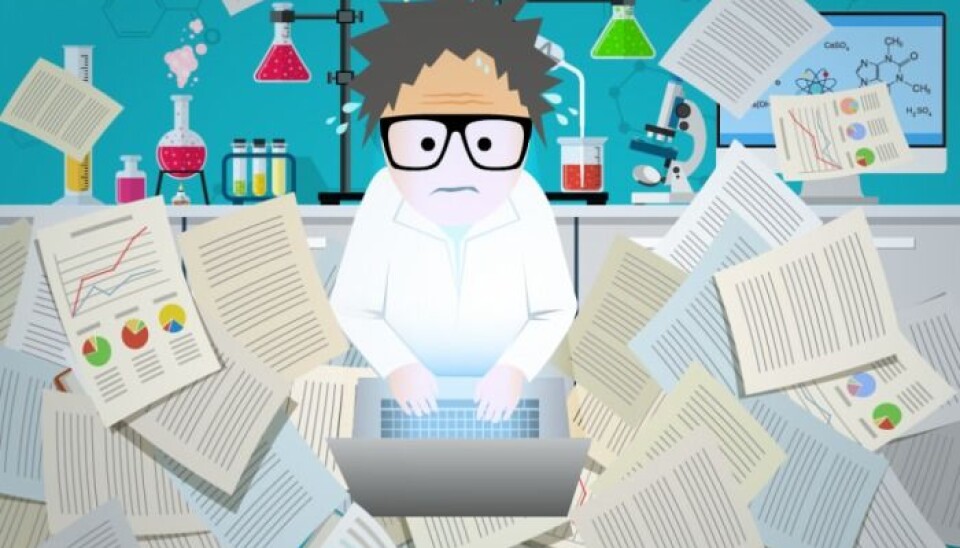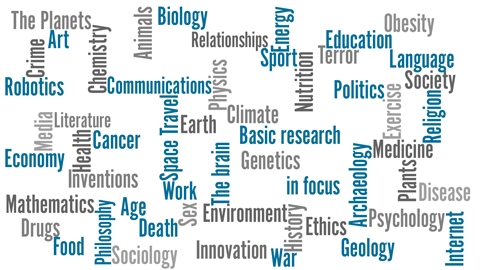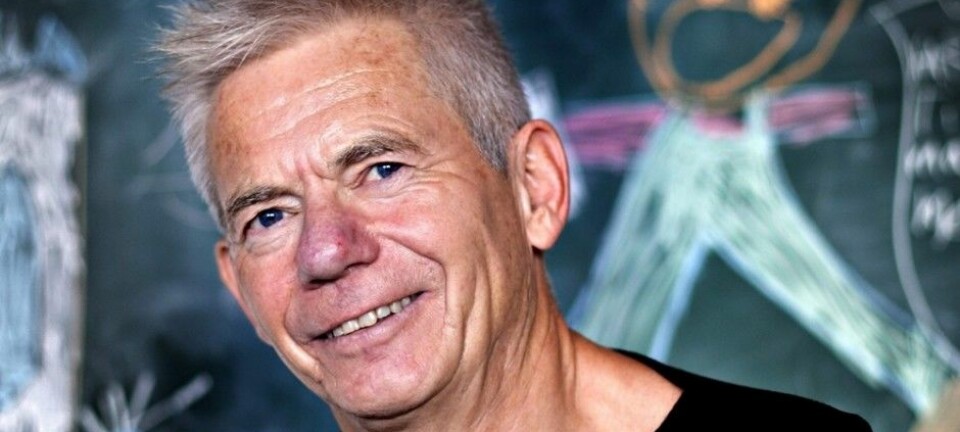
Crisis in basic research: scientists publish too much
Scientists slice their results up into as many publications as they can, and the result is that a large portion of research output is unnecessary, say scientists.
The number of scientific publications is increasing all over the world.
It is a positive development from a scientist’s perspective, but according to a number of researchers that ScienceNordic have spoken to, there is a downside.
The trend is a result of increasing focus on quantity over quality in scientific publications, which means that scientists may be tempted to split their results up into shorter articles—so-called ‘salami science’.
It makes it difficult for their colleagues to keep on top of the scientific literature, which contains a lot of unnecessary repetition and reduces the overall quality of research, say scientists.
“A large part of the research that’s published today is totally unnecessary, because it doesn’t contribute new knowledge. The standard is simply too poor, hardly anyone reads it, and it’s not interesting,” says philosopher Claus Strue Frederiksen, from the Centre for Information and Bubble Studies at the University of Copenhagen, Denmark.
Read More: What is basic research?
Number of publications has markedly increased
For academics, a long list of publications is an entry ticket to a job, research funding, and a happy boss, as university funds are often distributed according to the joint publications of any one faculty.
But the focus on publishing as many articles as possible has a negative impact of researchers’ behaviour, according to Associate Professor Mikkel W. Johansen, from the Department of Science Education at the University of Copenhagen.
“People want to have a long list of publications and think about everything in terms of how it works as a paper, and sometimes they may think that it’s not particularly interesting but they do it anyway, as it could be a quick article. It changes what you do and how you do it,” he says.
This leads to researchers splitting up their results into smaller and smaller chunks so that they can publish partial results instead of works of reference or big breakthroughs.
The research community searches after the least publishable, says David Budtz Pedersen, from the Department of Communication and Psychology at Aalborg University, Denmark.
“This means that you try to get as many articles as possible out of any study in order to optimise your publication list. It’s disruptive to research because it makes noise and makes it difficult to find the real breakthroughs,” says Pedersen.
Read More: Young scientists react to Brexit
Research slicing discussed over lunch
Splitting up research results leads to too much repetition and too much literature to keep on top of, says Heine Andersen, professor emeritus in the Department of Sociology at the University of Copenhagen.
“It’s definitely my impression that researchers today have difficulties in following the published literature. In the old days, you wrote a monograph of 500 pages, today you split that up into as many different articles as possible. That includes your Ph.D., where you need to get as many articles as possible out of your work. At least that’s what we talk about over lunch,” says Andersen.
It’s difficult to know exactly how much research is published today. Just as it is difficult to say how much research constitutes “too much.”
Read More: Denmark and Sweden take another look at how they investigate scientific misconduct
Scientist: “I had to let go”
One of the researchers, who finds it difficult to keep up with the overwhelming amount of scientific literature, is Professor Jesper Jespersen, an economist from Roskilde University, Denmark.
“I can’t even keep up with my own relatively specialised field: the euro,” says Jespersen. “I think it’s difficult to see [which papers] are really good, and [which papers] are just repetition. I’ve yet to find a sufficient method of differentiating them, and I don’t know anyone else who has. I’ve had to relax my ambition of reading everything.”
Jespersen says he has experienced publishing an article, where he could see in hindsight that he did not have all the relevant sources.
“There were significant sources that I would have liked to include. The knowledge existed—I simply didn’t know it,” he says.
Pedersen expands on this.
“The current publishing regime means that researchers no longer orientate themselves in the broader scientific literature. Instead of reading papers and books, many researchers are primarily focused on writing their own contributions. This leads to a risk that the same research questions are posed time and time again, just as research becomes more and more specialised. In the current system, researchers are incentivized to move further up the Ivory Tower and away from pressing societal issues,” he says.
------------------------
Read the Danish version of this story on Videnskab.dk
Translated by: Catherine Jex










